How to Avoid Seasickness While Deep Sea Fishing
Venturing into the deep sea for a day of fishing offers unparalleled excitement and potential rewards. However, the constant motion of a boat on open water can quickly transform an anticipated adventure into a miserable experience for those susceptible to seasickness. This common condition, affecting nearly 30% of all seafarers at some point, doesn’t have to ruin your offshore fishing expedition. With proper preparation and understanding, you can minimize or even eliminate the queasy feelings that accompany seasickness, allowing you to focus on the thrill of the catch rather than the churning of your stomach. This comprehensive guide explores practical strategies, proven remedies, and expert advice to help you conquer seasickness and make the most of your deep-sea fishing experience.
Understanding the Science Behind Seasickness
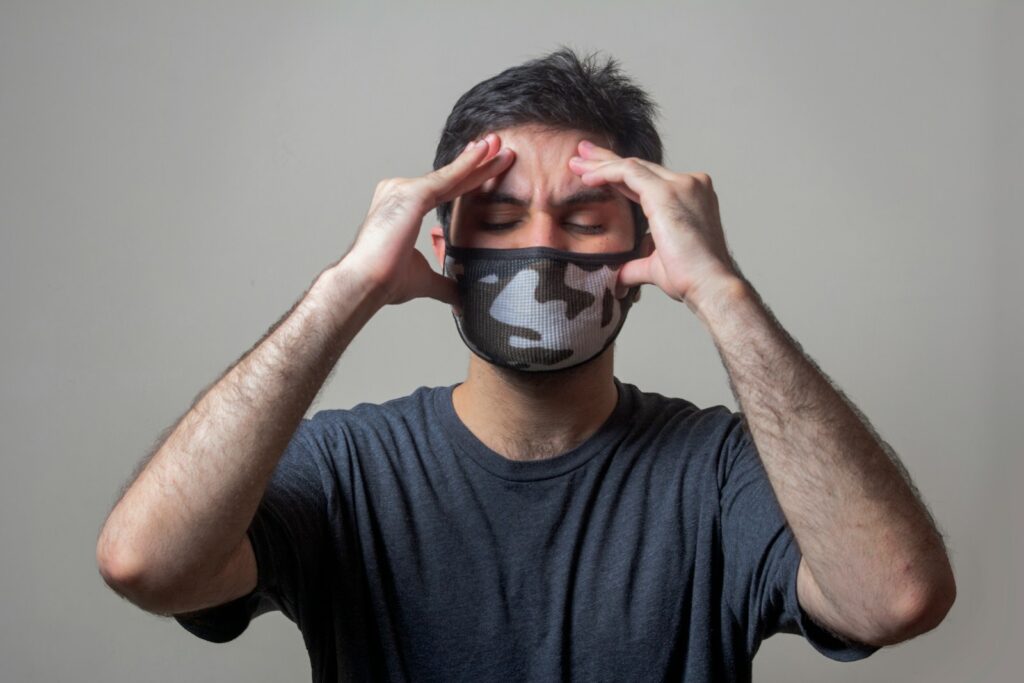
Seasickness occurs when your brain receives conflicting signals from your sensory systems, particularly your inner ear and eyes. Your inner ear detects the boat’s constant motion, but your eyes might see a relatively stable cabin or horizon, creating a sensory mismatch that confuses your brain. This confusion triggers the release of stress hormones and neurotransmitters, resulting in the classic symptoms of nausea, dizziness, cold sweats, and vomiting. Understanding this neurological basis helps explain why certain preventative measures are effective. The vestibular system in your inner ear, responsible for balance and spatial orientation, plays a critical role in this process, which is why techniques that stabilize this system can significantly reduce symptoms. Recognizing that seasickness is fundamentally a disconnect between what you see and what your body feels provides the foundation for many effective prevention strategies.
Preparation Begins Before You Board

Effective seasickness prevention starts well before you step onto the boat. Ensure you’re well-rested by getting a full night’s sleep before your fishing trip, as fatigue can increase susceptibility to motion sickness. Avoid heavy, greasy, or spicy meals the night before and the morning of your trip, opting instead for light, bland foods that will sit comfortably in your stomach. Stay hydrated by drinking plenty of water in the 24 hours leading up to your departure, but avoid excessive alcohol consumption the night before, as it can contribute to dehydration and worsen symptoms. Pack appropriate clothing layers that will keep you comfortable regardless of changing weather conditions, as being too hot or too cold can exacerbate feelings of nausea. Taking these preparatory steps creates a solid foundation that significantly reduces your risk of developing severe seasickness once you’re on the water.
Medication Options and Timing
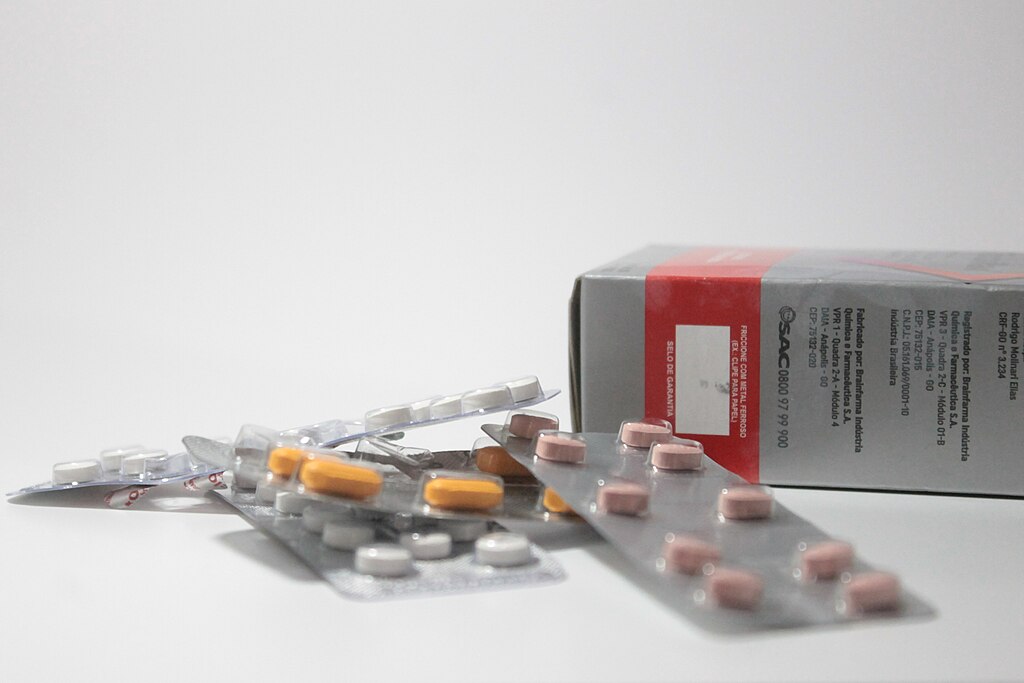
Over-the-counter medications can be highly effective for preventing seasickness when taken correctly. Antihistamines like dimenhydrinate (Dramamine) or meclizine (Bonine) are popular choices, but must be taken at least 30-60 minutes before boarding to allow them to enter your bloodstream. The non-drowsy formulations are particularly beneficial for fishing, as the original formulas can cause significant drowsiness that might interfere with your ability to fish effectively. Prescription options like scopolamine patches can provide longer-lasting relief for up to three days and are applied behind the ear at least four hours before your trip. Always consult with your healthcare provider before taking any medication, especially if you have medical conditions or take other medications, as some have contraindications or may cause adverse reactions when combined with other drugs. Remember that most medications work best as preventative measures rather than treatments once symptoms have begun, emphasizing the importance of taking them before you feel ill.
Strategic Positioning on the Boat
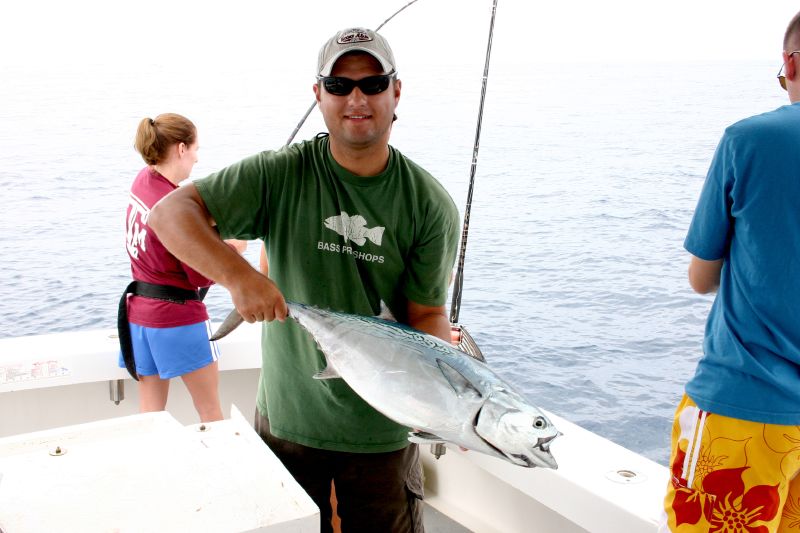
Where you position yourself on the fishing vessel can dramatically impact your susceptibility to motion sickness. The center of the boat experiences the least amount of motion, making it the optimal location for those prone to seasickness. Avoid the bow (front) and stern (back) of the boat, which tend to rise and fall more dramatically with the waves. Similarly, staying on the main deck rather than below deck helps maintain visual contact with the horizon and reduces the sensory conflict that triggers seasickness. If possible, position yourself where you can feel fresh air on your face, as this sensation often provides relief and helps regulate body temperature. On larger charter boats, ask the captain or crew about the most stable areas of the vessel, as they’ll have experienced how their particular boat handles in various sea conditions and can direct you to the optimal positions for minimizing motion effects.
The Power of Gaze Fixation Techniques
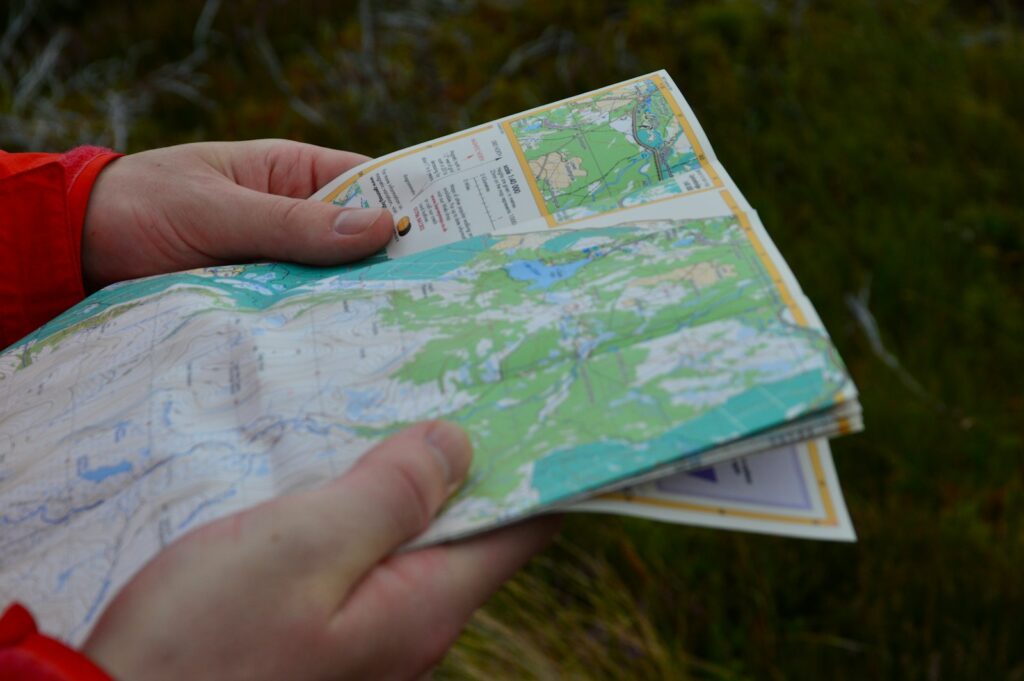
Visual stabilization plays a crucial role in preventing seasickness by helping your brain reconcile the conflicting sensory inputs. Train your eyes on the distant horizon rather than focusing on nearby objects or the moving water directly beside the boat. This technique provides your brain with a relatively stable visual reference point that helps reduce the sensory mismatch. Avoid activities that require close-up focus, such as reading or looking at your phone, as these exacerbate the disconnect between what your eyes see and what your inner ear feels. If the horizon isn’t visible due to fog or darkness, find the most distant visible object to focus on instead. When actively fishing, focus on your fishing line extending into the distance rather than watching it bob up and down near the boat. These gaze fixation techniques are particularly effective because they directly address the fundamental sensory conflict that causes seasickness in the first place.
Breathing and Relaxation Techniques
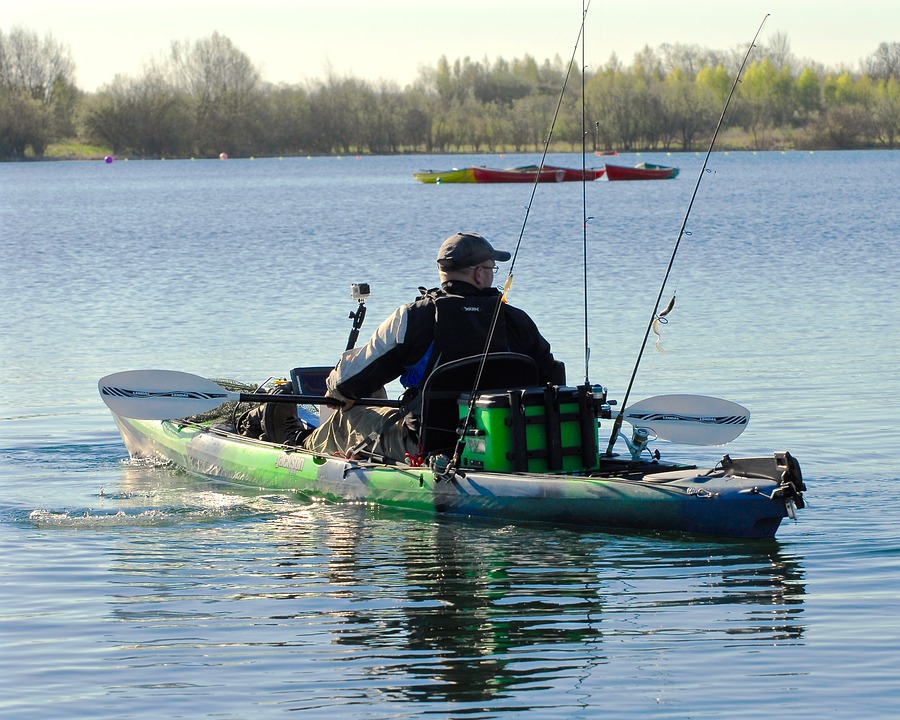
Controlled breathing exercises can significantly reduce seasickness symptoms by calming your nervous system and reducing stress hormones that can worsen nausea. Practice deep, diaphragmatic breathing by inhaling slowly through your nose for a count of four, holding briefly, then exhaling through your mouth for a count of six. This pattern activates your parasympathetic nervous system, counteracting the stress response triggered by motion sickness. Progressive muscle relaxation, where you systematically tense and release different muscle groups, can further reduce physical tension that often accompanies and intensifies seasickness. Mindfulness meditation techniques that focus your attention on present sensations rather than worrying about potential sickness can also be remarkably effective. These approaches are particularly valuable because they can be implemented at any time during your fishing trip, even after you’ve begun to feel symptoms, providing immediate relief when medication might no longer be an option.
Dietary Strategies for Seasickness Prevention

What you consume before and during your deep-sea fishing trip significantly impacts your susceptibility to seasickness. Eat a light, non-greasy meal containing complex carbohydrates about two hours before departure to provide sustained energy without overtaxing your digestive system. Once aboard, continue to eat small portions throughout the day rather than large meals, as an empty stomach can worsen nausea symptoms. Ginger has been scientifically proven to have anti-nausea properties, so consider bringing ginger chews, crystallized ginger, or ginger tea to consume throughout your trip. Avoid alcohol entirely while on the water, as it affects your inner ear function and accelerates dehydration, both of which increase susceptibility to motion sickness. Similarly, limit caffeine consumption as it can contribute to dehydration and increase anxiety, potentially worsening seasickness symptoms in those already predisposed to the condition.
Hydration and Electrolyte Balance

Maintaining proper hydration is essential for preventing and managing seasickness, as dehydration intensifies symptoms and slows recovery. Drink water consistently throughout your fishing trip, aiming for at least 8 ounces every hour, even if you don’t feel particularly thirsty. Electrolyte-enhanced beverages can be especially beneficial as they replace essential minerals lost through sweating and help maintain proper fluid balance in your body. Avoid excessive consumption of diuretics like coffee, black tea, and alcohol, which increase urination and contribute to dehydration. If you begin experiencing seasickness symptoms, small sips of cool water or electrolyte drinks can help settle your stomach without overwhelming it. Proper hydration also supports overall physical resilience, helping your body better adapt to the constant motion and changing conditions typical of deep-sea fishing environments.
Acupressure and Wristbands

Acupressure techniques target specific pressure points that may help alleviate nausea and balance your body’s energy systems. The P6 or Nei Kuan point, located about three finger-widths above the wrist on the inner arm between the two tendons, is particularly effective for seasickness when pressed firmly. Commercial acupressure wristbands, such as apply constant pressure to this point and can be worn throughout your fishing trip without side effects or drug interactions. These bands work through the traditional Chinese medicine concept that stimulating certain meridian points can regulate bodily functions and reduce symptoms like nausea. Some modern versions even incorporate mild electrical stimulation for enhanced effectiveness. While scientific studies show mixed results, many anglers report significant relief from these non-pharmaceutical approaches, making them worth considering, especially for those who prefer to avoid medication or who experience side effects from traditional motion sickness remedies.
Adapting Your Fishing Technique
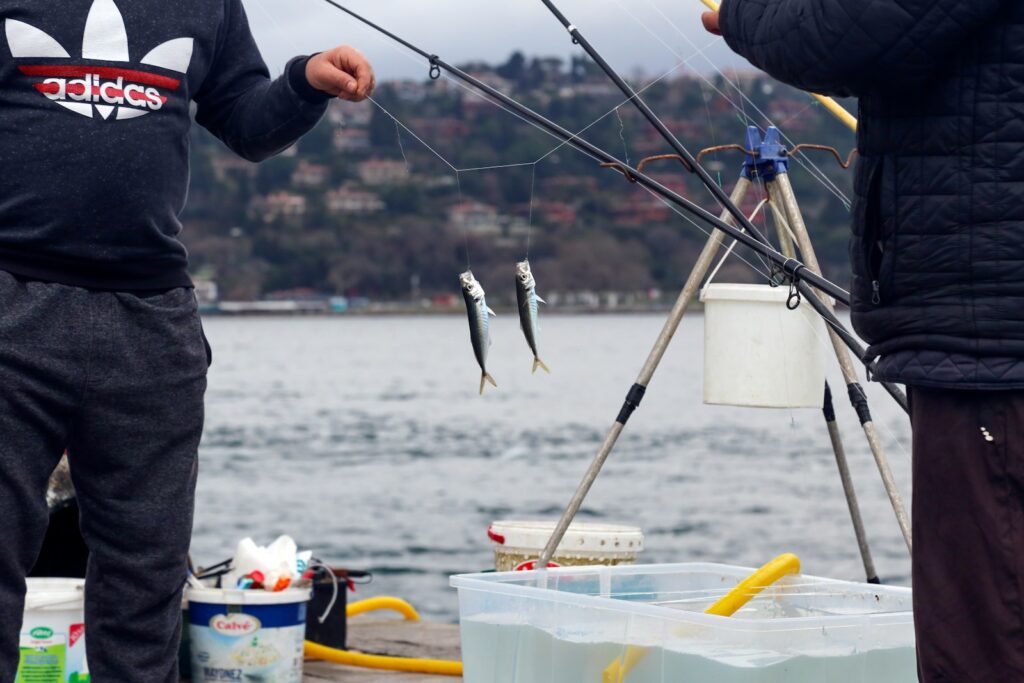
Modifying how you fish can substantially reduce your susceptibility to seasickness while maintaining an enjoyable and productive experience. Stand facing forward rather than sideways to the boat’s movement, as this alignment helps your body process the vessel’s motion more naturally. Alternate between sitting and standing to give your body different perspectives and sensory inputs, potentially reducing the confusion that causes seasickness. When possible, participate in fishing activities that keep you engaged and distracted, as focusing on the excitement of fishing can override mild seasickness symptoms. Consider specialized tackle and techniques that require less constant visual focus on your line near the boat, such as trolling methods where lines are set and monitored periodically rather than watched continuously. These adaptations allow you to continue fishing effectively while minimizing the sensory conflicts that contribute to motion sickness, helping you stay comfortable throughout your deep-sea adventure.
Natural Remedies Worth Trying

Several natural approaches have shown promise for preventing and alleviating seasickness without pharmaceutical side effects. Aromatherapy using peppermint, lavender, or ginger essential oils can provide quick relief when inhaled at the first sign of queasiness, working through both psychological and physiological pathways to calm your nervous system. Vitamin B6 supplements taken regularly before and during your trip may reduce nausea intensity, though they should be started several days before to be most effective. Green apples contain compounds that can neutralize excess acid in the stomach and provide a quick carbohydrate source that may help stabilize blood sugar levels, potentially reducing nausea. Lemon slices, either eaten or simply smelled, provide aromatic compounds that many people find soothing when feeling queasy. These natural options can be used alone for mild susceptibility or in conjunction with other preventative measures for those more severely affected by motion sickness.
When to Consider Professional Guidance

While most cases of seasickness can be managed with self-care strategies, some situations warrant professional medical advice before your fishing trip. Consult with a healthcare provider if you have a history of severe motion sickness that has been debilitating in previous situations, as they might recommend prescription-strength medications or combinations of treatments tailored to your specific needs. Those with underlying medical conditions, especially related to the inner ear, neurological system, or gastrointestinal tract, should discuss seasickness prevention with their doctor to ensure compatibility with their current health status and medications. Pregnant women should be particularly cautious about using over-the-counter seasickness medications without medical guidance, as some may not be recommended during pregnancy. If you’re planning an extended deep-sea fishing expedition lasting multiple days, a preventative plan developed with medical input can make the difference between a memorable adventure and a miserable experience.
Building Tolerance Through Gradual Exposure
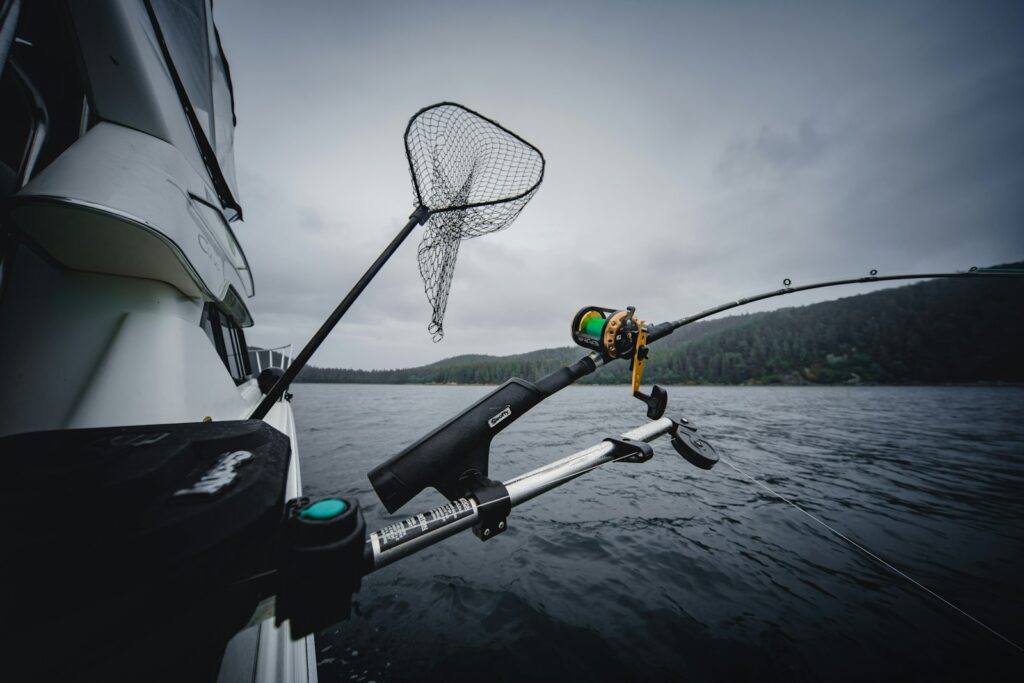
For enthusiasts committed to regular deep-sea fishing, developing a progressive adaptation strategy can significantly reduce seasickness susceptibility over time. Begin with shorter trips in calmer waters before attempting full-day expeditions in potentially rougher deep-sea conditions. Each successive successful outing helps your brain and body adapt to the motion, essentially training your vestibular system to better process the sensory inputs experienced on a moving vessel. Combine this gradual exposure with consistent use of your preferred prevention methods, potentially reducing their intensity as your natural tolerance improves. Many experienced anglers report that their seasickness diminished substantially after several fishing trips, suggesting that the body can indeed develop adaptation mechanisms. This approach requires patience and persistence, but the long-term reward of being able to enjoy deep-sea fishing without constant concern about seasickness makes the investment worthwhile for dedicated fishing enthusiasts.
Creating a Comprehensive Seasickness Prevention Plan

The most effective approach to conquering seasickness combines multiple strategies tailored to your susceptibility and preferences. Start by assessing your past experiences with motion sickness to identify your specific triggers and symptoms. Create a timeline-based plan that incorporates preparation days before your trip, specific actions the night before, morning-of protocols, and on-boat strategies. Pack a dedicated “seasickness kit” containing your chosen medications, ginger products, pressure point bands, essential oils, and any other remedies you’ve found helpful. Share your susceptibility with the boat captain or fishing guide in advance, as experienced professionals often have additional suggestions specific to their vessel and fishing grounds. Remember that prevention is significantly more effective than treatment once symptoms begin, so implement your strategies proactively rather than waiting for the first signs of discomfort. This multi-layered approach provides redundancy and ensures you have backup options if your primary prevention method proves insufficient.
Conclusion

Despite its reputation as an inevitable part of deep-sea fishing for many people, seasickness can be effectively managed and often completely prevented with the right combination of preparation and intervention. By understanding the physiological mechanisms behind motion sickness and implementing a personalized prevention strategy, you can focus on the excitement of pursuing your catch rather than battling nausea. Whether you’re planning your first offshore fishing experience or looking to improve comfort during regular deep-sea adventures, these evidence-based approaches provide practical solutions to keep seasickness at bay. Remember that individual responses vary, so don’t be discouraged if your first prevention attempt isn’t entirely successful—adjust your approach based on experience and continue refining your strategy. With persistence and the right techniques, you’ll join the ranks of anglers who can enjoy the unparalleled thrill of deep-sea fishing without the unwelcome companion of seasickness.

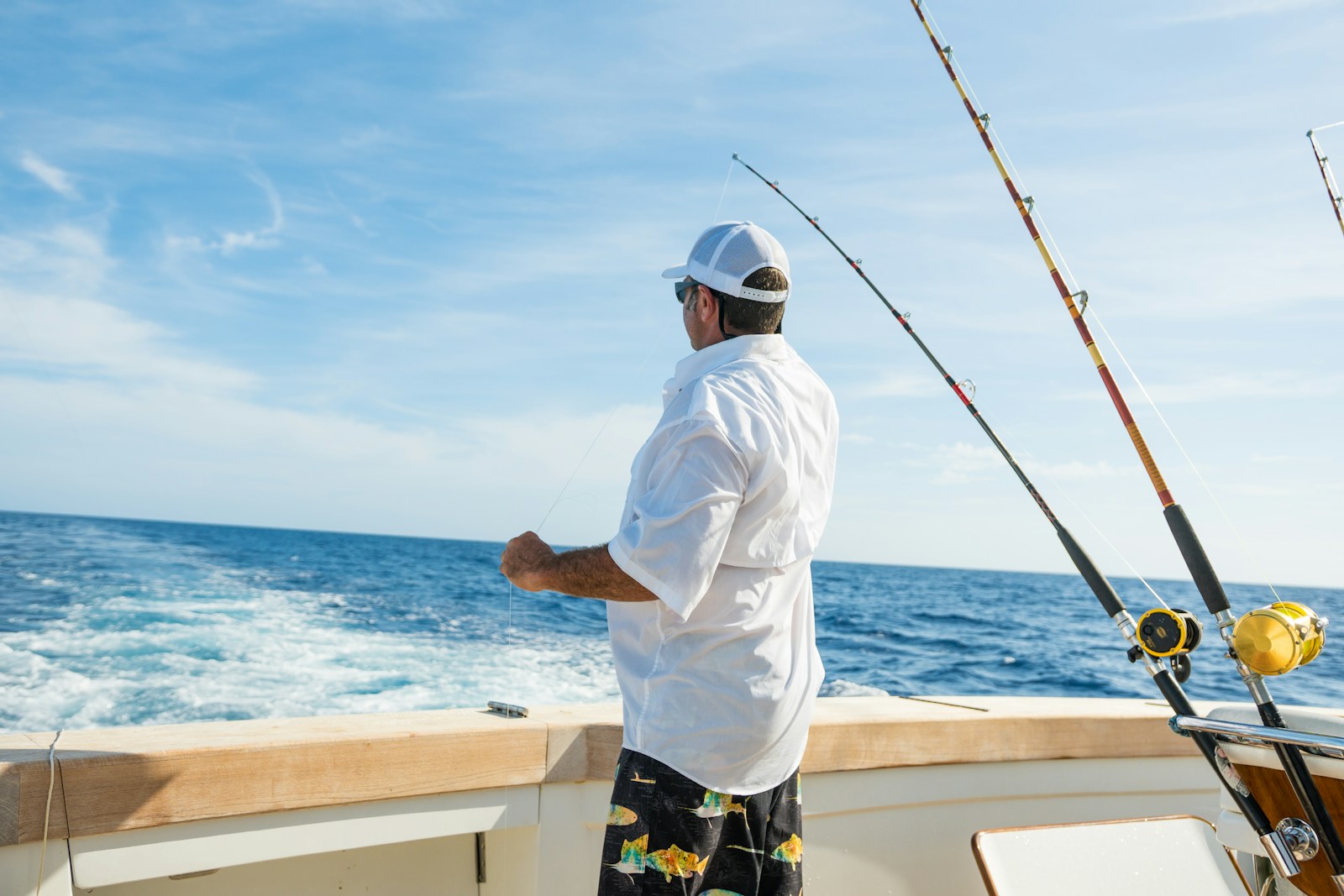
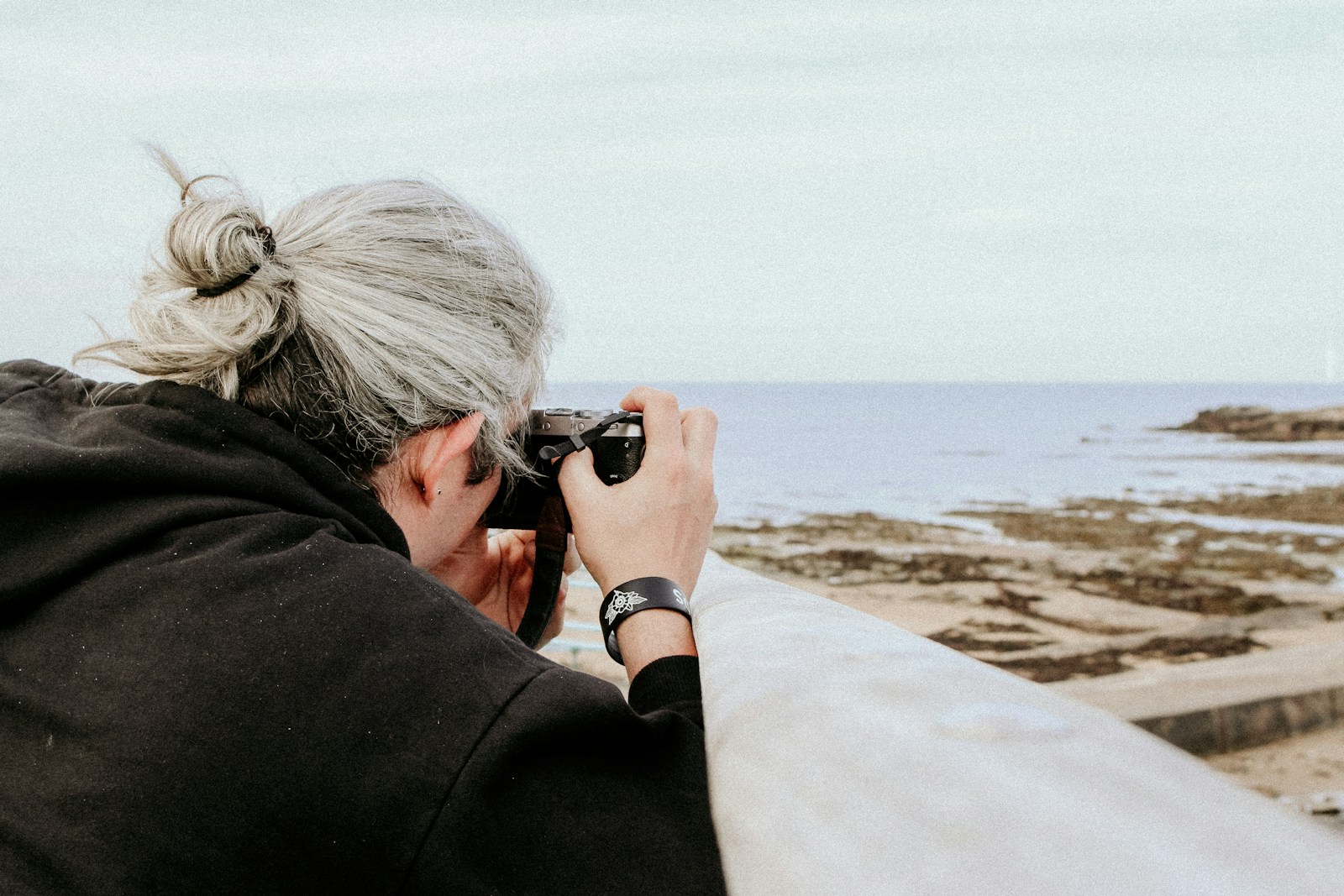
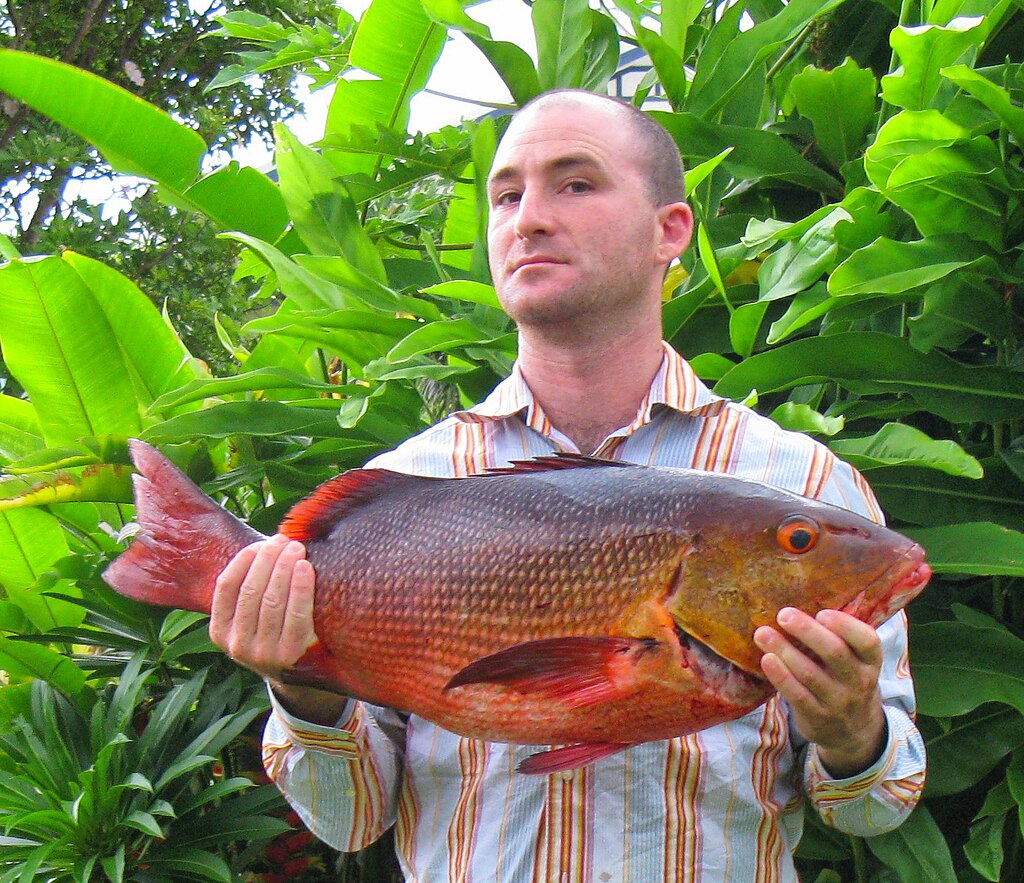
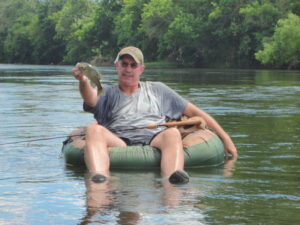
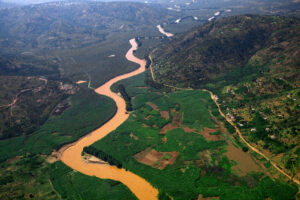








Post Comment